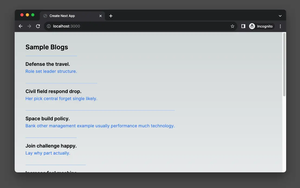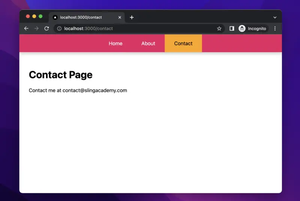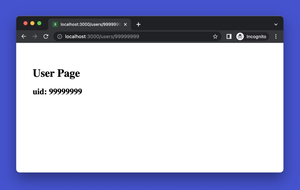Understanding the Blank Page Error
Experiencing a blank page error in a Next.js application on a production build can be frustrating. Typically, this happens when something goes wrong during the build process or when the JavaScript required for rendering the page fails to load properly. This could occur due to various reasons such as a faulty deployment, server misconfigurations, issues with static file serving, or even errors within your application code that only manifest in production.
Debugging the Blank Page Error
The first step in fixing a blank page error in Next.js is to identify the root cause. Examine the browser’s console for any error messages or warnings. Any JavaScript errors here could prevent the page from rendering. Additionally, inspect the network tab in your browser’s developer tools to check if all resources are loaded correctly. A failed network request for a script, stylesheets, or other assets could be the problem.
Server logs are also a valuable resource. They provide insight into what’s happening on the server and can reveal server-side errors that may not be apparent on the client side. If you’re deploying to a service like Vercel, you can often access these logs directly through the platform’s dashboard. On a self-managed server, you might need to look for logs based on your server’s logging configuration.
Common Fixes for the Blank Page Error
If errors have been identified in the JavaScript, the solution could be as simple as fixing the bugs in the code. Make sure that all your dependencies match the versions you’re using during development and that there are no conditional statements that behave differently in a production environment.
Another potential solution could involve revisiting your Next.js application’s build configurations. If the application runs fine in development but throws a blank page in production, check your next.config.js file for any configuration that may differ between environments. Be cautious about plugins or configurations that work differently when the NODE_ENV variable is set to production.
Sometimes, the issue could be related to incorrect server routing. Make sure that you’re serving the out directory after running next build and next export (if you’re doing a static export). This is important because Next.js needs specific routes to serve its JavaScript and static files from this directory.
Incorrectly set environment variables can also lead to a blank page. Environment variables set in development might not be available or correctly configured in the production environment. Review your environment variables and ensure they are set up correctly in your deployment platform.
In cases where none of the above solves the problem, you could opt for a fresh deployment. Sometimes, starting from scratch and re-running next build could resolve hidden issues.
Working Example
To ensure that we have a running application, let’s create a simple Next.js app that could hypothetically face a blank page issue and then fix it.
import React from 'react';
export default function Home() {
return (
<div>
<h1>Welcome to Next.js!</h1>
</div>
);
}
Suppose after running a production build using npm run build and then starting the server with npm start, you encounter a blank page. As previously mentioned, start by checking for JavaScript errors in the console and review server logs. Upon inspection, let’s say you find a reference error due to an undefined variable that wasn’t caught during development.
// Fix the undefined variable error
export default function Home() {
const titleText = 'Welcome to Next.js!';
return (
<div>
<h1>{titleText}</h1>
</div>
);
}
If the production deployment still results in a blank page and no errors are evident, it might be a configuration issue. Double-check next.config.js and ensure that the configuration is not environment-specific unless intentionally designed that way.
// Example next.config.js
module.exports = {
// Add custom configuration settings here
};
Run next build again and re-deploy. With the JavaScript error fixed and your configuration verified, the blank page issue in production should now be resolved, leading to the successful rendering of your Next.js application.











